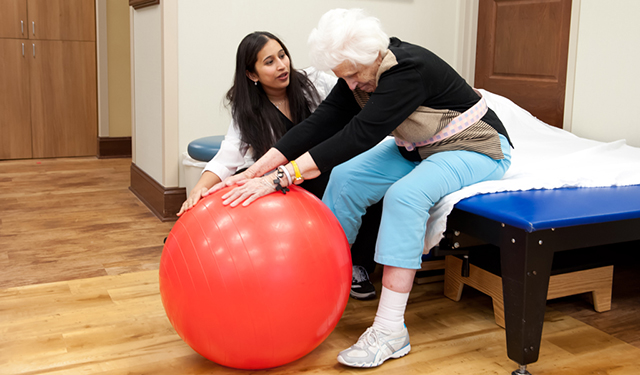To get started, it is essential to choose the right foam roller. Foam rollers come in different compression levels and sizes. A low-density foam roller is suitable for those just starting out or those with low pain tolerance, while a high-density roller can provide deeper pressure for more seasoned users. The size of the roller should also be considered; extended rollers can be beneficial for larger muscle groups, while shorter ones are better for targeting localized zones. Once the most suitable roller is chosen, individuals can begin to incorporate foam rolling into their regimen successfully.
When using a foam roller, it is crucial to focus on slow movements. Rolling over tense areas too fast can cause irritation and may not provide the optimal benefits. mental preparation during injury rehab Instead, individuals should roll slowly over each muscle group for 30 seconds to two minutes. This allows the muscles to release tension and helps to break up knots and trigger points. Focused breathing while rolling can also enhance relaxation and effectiveness. Targeting major areas such as the lower legs, quadriceps, hamstrings, and spinal muscles can lead to meaningful improvements in flexibility.

Moreover, combining self-myofascial release with stretching can enhance flexibility gains. After using the foam roller, it is advantageous to perform held stretches on the same muscle groups that have been released. This combination helps in increasing blood flow and improving the range of motion in those muscles. For example, after working on the hamstrings, stretching them by executing a toe-touch stretch can further enhance flexibility. Incorporating these techniques into a program ensures that muscles are both relaxed and lengthened.
Finally, regularity is key when it comes to self-myofascial release and increasing flexibility. Adding rehabilitation clinics for athletes foam rolling into a weekly routine can provide lasting benefits. It is recommended to spend at least 10 minutes a few times a week targeting different muscle groups. By establishing foam rolling a regular habit, individuals will likely see positive changes in their flexibility over time. This strategy not only prepares the body for physical activity but also supports recovery and upkeep of overall muscle health, making it an beneficial addition to any fitness routine.